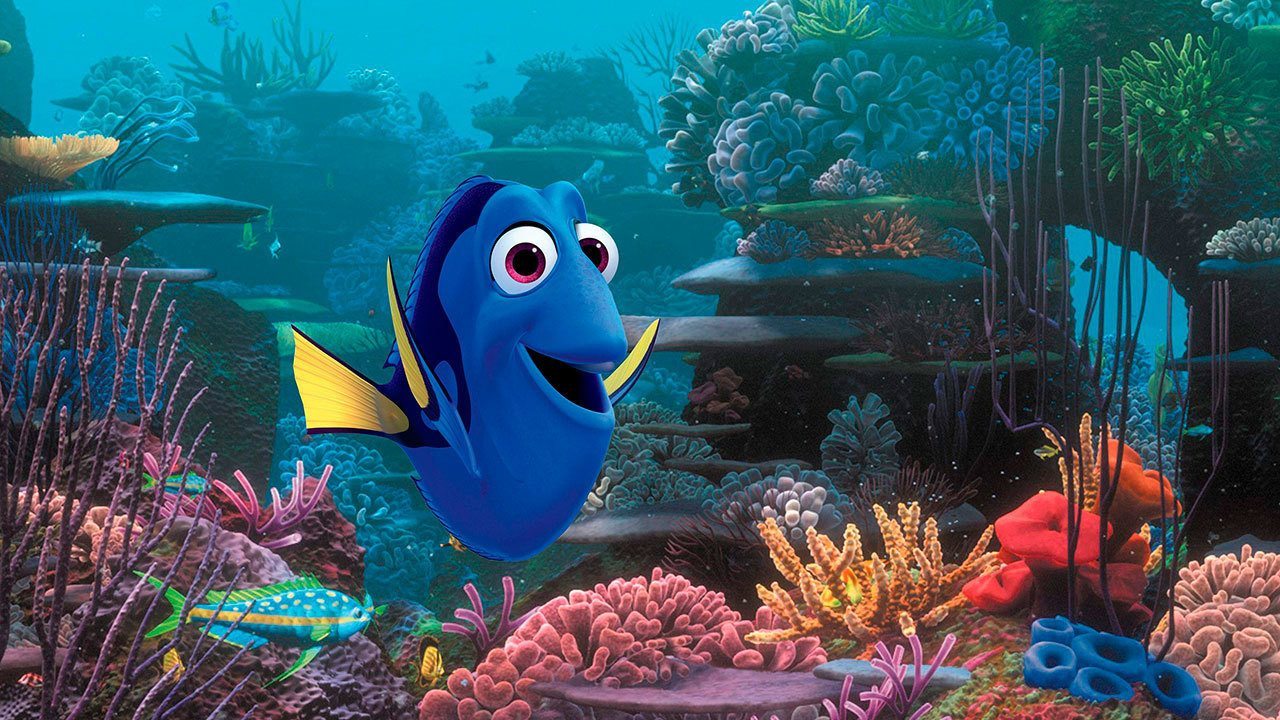By Michael Cavna
The Washington Post
Growing up, I would see the look. My mother taught special ed for many years, and when I accompanied her students on field trips, I was sensitive to how adults in the world would react facially, and then vocally, when encountering her pupils and realizing they had special challenges. It was so common, I began to interpret it as a natural response: The strangers were putting these kids in a different mental box.
Other members of my family have taught children who have special needs, and I again have seen the look. I have a nephew who has a disability, and another relative who has special needs, and I observed carefully when they were children, and was sensitive to the degree to which they were treated differently, with a certain “other-ness.”
Which all contributes to how heartily I applaud the Pixar filmmakers behind 2003’s “Finding Nemo” and now the sequel “Finding Dory” (out Friday).
Nemo, of course, has an undersized fin, which he is taught to think of as a “lucky fin.” Dory has short-term memory loss, which becomes a more pivotal theme in the new film. And throughout both movies, the filmmakers depict and incorporate these challenges in two ways that I particularly appreciate.
The first is the degree to which Nemo and Dory aren’t depicted as isolated cases — as “others” in a “normal” world. It’s standard storytelling fare to have the lone fighter overcoming special needs or a disability in an environment of the otherwise non-challenged. But in these Pixar films, many characters are facing physical and mental challenges — whether it’s the physically disabled Gill, or Bailey, the beluga whale with echolocation issues, or Destiny, the near-sighted whale shark. In these two films, it is having your own challenges that is completely normalized.
A second aspect I appreciate in these films is how often the characters who treat the identified “challenged” characters differently often have a dawning awareness and deepening acceptance, as epiphanies free them from their own mental boxes.
For instance, Angus MacLane, the co-director of “Finding Dory,” cites how Marlin shifted reaction to Dory’s mental issues.
“I think it’s so interesting the way that sometimes her disability has such clear disadvantages, but also has advantage that aren’t necessarily clear at first blush,” MacLane said of Dory. “And that what’s interesting about Marlin’s arc in the new film. He is feeling like someone has to be the parent and caregiver to her. I see that as the box that he’s put her in.
“The recognition for Marlin,” MacLane continued, “is about what capabiliity she has.” When Marlin realizes what advantages Dory does have — including the necessity to respond to the world in the immediate moment, always improvising her way outside of mental boxes — he is then able to give her an added boost of affirming confidence.
“Ultimately, she learns to trust in herself,” MacLane said. “So much of the journey is the ability to trust in yourself.”
(It’s worth noting, by the way, that Nemo’s arc now shows him fully at ease with his “lucky fin.” )
Part of what elevates Pixar’s storytelling is this ability to depict these arcs of coping, acceptance and trust in textured fashion across multiple characters.
In the new film, for instance, we again see worried, protective parents, who are trying to teach Baby Dory to say to strangers upfront that she has “short-term re-membery loss.” Dory learns to apologize for her difficulty in advance to compensate, but she also learns that being an upbeat people-pleaser is an effective coping strategy.
“What’s so amazing about her is that she has a clear set of challenges, and she doesn’t allow those challenges to dissuade her from living her life,” MacLane said.
“She is aspirational, and she has the energy to be positive.”
In this way, audience members can become invested in her, almost — like Nemo — as surrogate parents themselves.
“The audience wants the feeling that she is self-sufficient,” the co-director said, “and that she has the tools to be out in the community and be safe.”
“Everyone has their set of challenges,” the filmmaker says, “so these questions are meant to be universal.”
Talk to us
> Give us your news tips.
> Send us a letter to the editor.
> More Herald contact information.

























